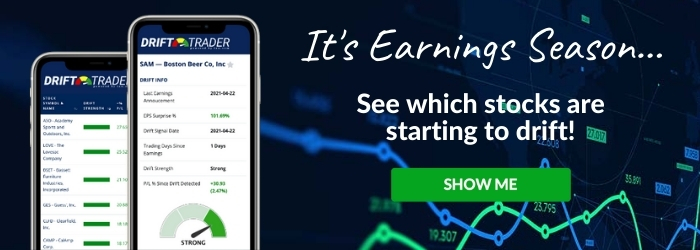The Great Inflation Debate continues.
Senator Joe Manchin, the West Virginia Democrat, became if not the first, but certainly the most prominent politician to sound the alarm about rising inflation and the Federal Reserve’s role in it.
“With the recession over and our strong economic recovery well underway, I am increasingly alarmed that the Fed continues to inject record amounts of stimulus into our economy by continuing an emergency level of quantitative easing (QE) with asset purchases of $120 billion per month of Treasury securities and mortgage-backed securities,” the senator wrote in a letter to Fed Chair Jerome Powell.
This “has led to the most inflation momentum in 30 years, and our economy has not even fully reopened yet. I am deeply concerned that the continuing stimulus put forth by the Fed and proposal for additional fiscal stimulus will lead to our economy overheating and to unavoidable inflation taxes that hard-working Americans cannot afford. Therefore, I urge you and the other members of the Federal Open Market Committee to immediately reassess our nation’s stance of monetary policy and begin to taper your emergency stimulus-response.”
Needless to say, as the Wall Street Journal pointed at, that concern hasn’t prevented Manchin from voting with his party to spend trillions more and add trillions more to the federal deficit.
(By the way, did you hear any criticism of Manchin for trying to “politicize” the Fed? No, me neither).
A few days later, we received the latest indication that inflation may not be as transitory as Powell and many others believe it is. The headline consumer price index for July came in at an annual rate of 5.4%, the highest rate since 2008 and the third month in a row, and it has surpassed 5%. In addition, the produce price index—which could foreshadow even higher consumer prices later—jumped 7.8% on an annual basis, well ahead of the previous month’s 7.3% rate and the highest since recordkeeping began in November 2010.
While Manchin and millions of supermarket shoppers, car buyers, and home purchasers are probably alarmed by these numbers, Powell and the financial markets either haven’t got the memo or truly believe the inflation news is temporary and will eventually right itself once supply eventually catches up with extraordinary demand.
The bond, gold, and cryptocurrency markets don’t seem to believe the inflation hysteria if we can call it that. The yield on the benchmark 10-year U.S. Treasury note has currently been trading in the mid 1.30% range, up from a recent low of 1.18% in early August but down from the 1.70% range in early April, about the same time the inflation numbers started to climb. The yield rose only slightly after the July CPI and PPI reports came out. If the true rate of inflation is really over 5%, shouldn’t bond buyers be demanding a lot more return on their investment, like maybe a couple of hundred basis points more?
We’re seeing the same thing recently in the gold market. The metal, which has historically been a hedge against inflation, recently fell below $1,750 an ounce, down from over $2,000 an ounce a year ago. Bitcoin, which is also supposedly an inflation hedge, recently rebounded to above $45,000, but that’s after dropping by more than 50% between mid-April and mid-July when it dropped below $30,000.
Regardless of who’s right on inflation, the fact is the Fed’s stimulative monetary policy isn’t going to change anytime soon, at least not in any appreciable way, and that keeps the markets happy, and investors soothed. While pressure from without and within the Fed is growing to start tapering its asset purchases, it’s mostly centered on the mortgage market, which clearly doesn’t need any help and may be counterproductive, as home prices keep rising through the roof (no pun intended) stoked by cheap money. The Fed can certainly taper there without any deleterious impact.
But rest assured that the Fed isn’t going to start meaningfully tapering its purchases of Treasury bonds, nor is it going to start raising interest rates, which could add trillions more to the government’s debt load. As Powell said last month, raising rates is “not something that is on our radar screen right now.” And with his term as Fed chair coming to an end early next year, Powell isn’t going to win any votes in Congress for a second go-round if he suddenly turns hawkish, even a little bit.
The fact is, the Fed simply can’t pull back. The huge federal debt load, now closing in on $30 trillion, is being financed to a large degree by the Fed through a combination of QE and zero percent interest rates through a devil’s pact with the Treasury Department. Treasury makes, the Fed takes.
No wonder the bond market isn’t worried.
Visit back to read my next article!
George Yacik
INO.com Contributor - Fed & Interest Rates
Disclosure: This article is the opinion of the contributor themselves. The above is a matter of opinion provided for general information purposes only and is not intended as investment advice. This contributor is not receiving compensation (other than from INO.com) for their opinion.

